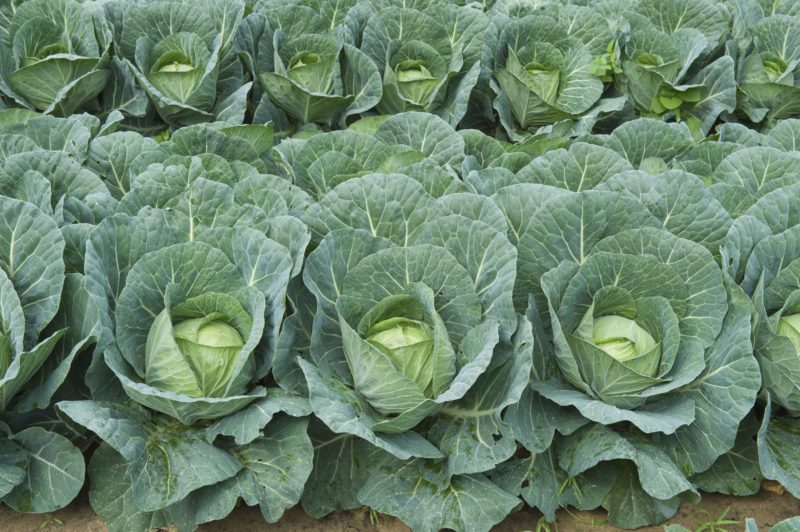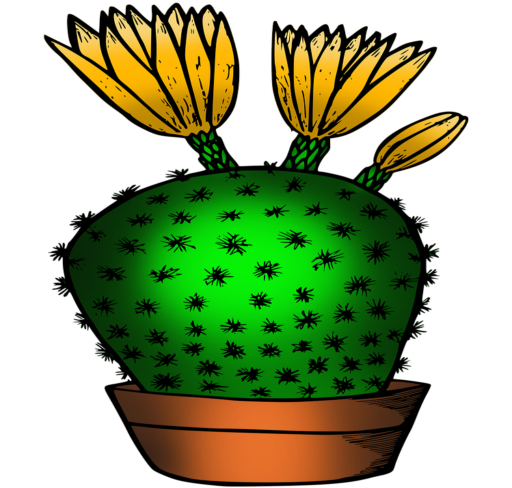Cabbage may be sown outside or started indoors early for fall and spring crops
Sowing Cabbage Seed Indoors
More on……..Starting Seeds Indoors

Sow cabbage seeds from spring to early summer in the North, again in midsummer for a fall crop. In the South and other frost-free areas, sow from fall to spring.
Start seeds indoors about 8 weeks before outdoor planting.
Sow seeds ¼ inches deep in seed-starting formula.
Keep the soil moist at 70 degrees F.
Seedlings emerge in 10-21 days.
As soon as seedlings emerge, provide plenty of light by growing seedlings 3-4 inches beneath LED plant lights turned on 16 hours per day, off for 8 hours at night. Most plants require a dark period to grow, do not leave lights on for 24 hours.
Seedlings do not need much fertilizer, feed when they are 3-4 weeks old using a starter solution (half strength of a complete indoor houseplant food) according to manufacturer’s directions.
If you are growing in small cells, you may need to transplant the seedlings to 3 or 4 inch pots when seedlings have at least 3 pairs of leaves before transplanting to the garden so they have enough room to develop strong roots.
Harden Off Cabbage Seedlings
Before planting in the garden, seedling plants need to be “hardened off”. Accustom young plants to outdoor conditions by moving them to a sheltered place outside for a week. Be sure to protect them from wind and hot sun at first. If frost threatens at night, cover or bring containers indoors, then take them out again in the morning. This hardening off process toughens the plant’s cell structure and reduces transplant shock and scalding.
Prepare the bed by turning the soil under to a depth of 8 inches. Level with a rake to remove clumps of grass and stones.
Space plants 2 feet apart in rows 2 feet apart.
Place the top of the root ball even with the level of the surrounding soil. Fill with soil to the top of the root ball. Press soil down firmly with your hand.
Thoroughly water and apply a light mulch layer on top of the soil (1-2 inches) to conserve water and reduce weeds.
Sowing Directly in the Garden
Sow in average soil in a sunny location in early spring as soon as the ground may be worked, or in midsummer for a fall crop.
Prepare the bed by turning the soil under to a depth of 8 inches. Level with a rake to remove clumps of grass and stones.
In rows 2 feet apart, sow seeds thinly and cover with ¼ inch of fine soil.
Keep evenly moist. Water gently.
Seedlings emerge in 10-21 days.
Thin to stand about 24 inches apart when seedlings are 2-3 inches high. If growing for baby greens, do not thin.
Cabbage Seeds – Brunswick, Vegetable Seeds…
Brunswick is a “Drum Head” cabbage, introduced in Europe in the 1920Â’s, that has lon… [More]
How to Grow
Protect spring plantings with floating row covers to keep flea beetles away.
Keep weeds under control during the growing season. Weeds compete with plants for water, space and nutrients, so control them by either cultivating often or use a mulch to prevent their seeds from germinating. Avoid disturbing the soil around the plants when weeding.
Keep plants well-watered during dry periods to promote rapid, uninterrupted growth. Plants need about 1 inch of rain per week during the growing season. Use a rain gauge to check to see if you need to add water. It’s best to water with a drip or trickle system that delivers water at low pressure at the soil level. If you water with overhead sprinklers, water early in the day so the foliage has time to dry off before evening, to minimize disease problems. Keep the soil moist but not saturated.
Monitor for pests and diseases. Check with your local Cooperative Extension Service for pest controls recommended for your area.
Harvest Tips
Harvest heads when they become firm. Cut stems at soil level and remove outer leaves.
Smaller heads will develop at the base once the central head is harvested.
Wash and pat dry, store in plastic bag in the refrigerator.
Can be eaten raw or cooked.
